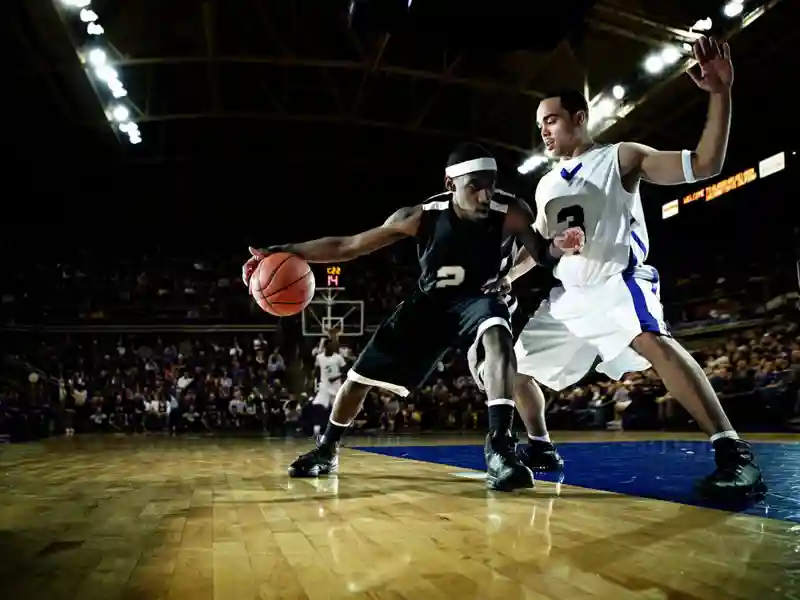
It took one punch to alter sports insurance forever.
That punch came from Los Angeles Lakers player Kermit Washington who, during a 1977 game, punched Houston Rockets player Rudy Tomjanovich, shattering his face and causing severe head and spinal injuries, which sidelined him for five months. That punch cost Washington’s team, the Lakers, $2.3 million, and resulted in the first player versus player insurance coverage option for teams.
When professional sports came about, so did the need for insurance. And almost since teams began selling tickets to games, sports insurance has helped teams protect their assets. Yet, what that coverage looks like has changed over the decades. As needs emerge and risk severity increases, teams have turned to the insurance industry to reduce those exposures.
Sports insurance has evolved alongside the industry it protects, too. Specialty programs were sold in the 1960s and 1970s, but it wasn’t until the 1980s that insurance programs became more comprehensive.
That is in part due to the punch that was felt throughout not only the NBA, but all sports leagues. It was also due to an industry-wide liability crisis in the 1980s that drove insurance premiums up significantly, causing insurance carriers to reduce limits on the policies they issued. Blamed on expanded tort laws as well as a volatile economy, the crisis threatened to leave plenty of teams looking for coverage in an ever-shrinking market.
That’s when another significant change occurred – NFP (BWD) proposed to several major sports leagues that they join together for league-wide programs. That move became the foundation upon which today’s sports insurance policies are written.
More Growth, Bigger Need
In the beginning of NFP’s involvement in the sports insurance industry, the needs were more basic: in 1964, league offices needed workers compensation programs for their referees. That was the start of NFP’s sports insurance program.
The 1980s saw league-wide programs for general liability, workers' compensation and player contracts. The contractual obligations of the league, in fact, were increasing. In the 1980s, player contracts were growing in value. Players were earning millions of dollars regularly. Players were also getting injured. At the time, permanent total disability insurance (PTD) would cover the players in the event of a career-ending injury.
However, one player proved that not all injuries are career-ending ones. In a 1985 game, NBA player Bernard King suffered a serious injury to his knee during a game; a broken leg bone, torn ligament, and torn knee cartilage. At the time, an injury of that severity would have ended a player’s career. King was able to return the next season. He played until knee problems forced him into retirement in 1993.
It was at that time that NFP established the first temporary total disability (TTD) policy, which addresses temporary disabilities: these types of severe injuries as well as career-ending injuries. The policy insures professional contracts, giving leagues contractual protection in the event of injury that sidelines any of their insured players.
Today, sports insurance market is adapting to the changing exposures such as cyber coverage, media coverage, and copyright infringement. It also covers or copyright infringement issues surrounding marketing or advertising. There is also coverage for professional athletes participating in Olympic games.
Sports Insurance for the Future
Throughout the years, leagues have seen their sports evolve and, along with that, an evolution of their loss exposures. Fortunately, sports insurance too has responded in keeping with the changing needs of the leagues. For the future, expect more change.
Contracts will continue to grow in value. Injuries will become more costly, and new exposures will emerge and put pressure on leagues and their budgets. As these risks emerge, know that sports insurance and NFP experts will continue to be there to address those changes. From advertising risks to workers compensation claims, NFP Sports Insurance specialists can help leagues mitigate losses and keep teams playing on.